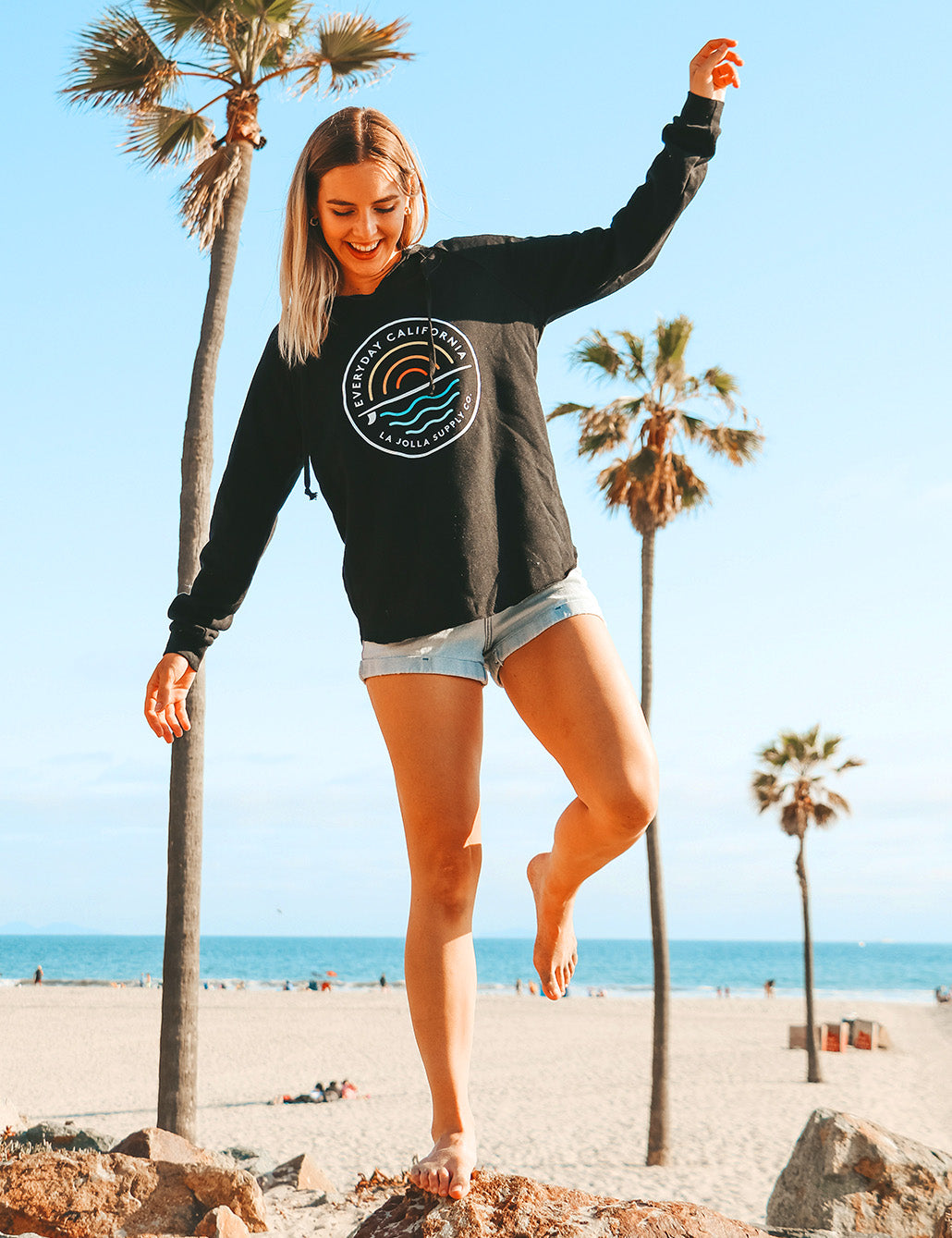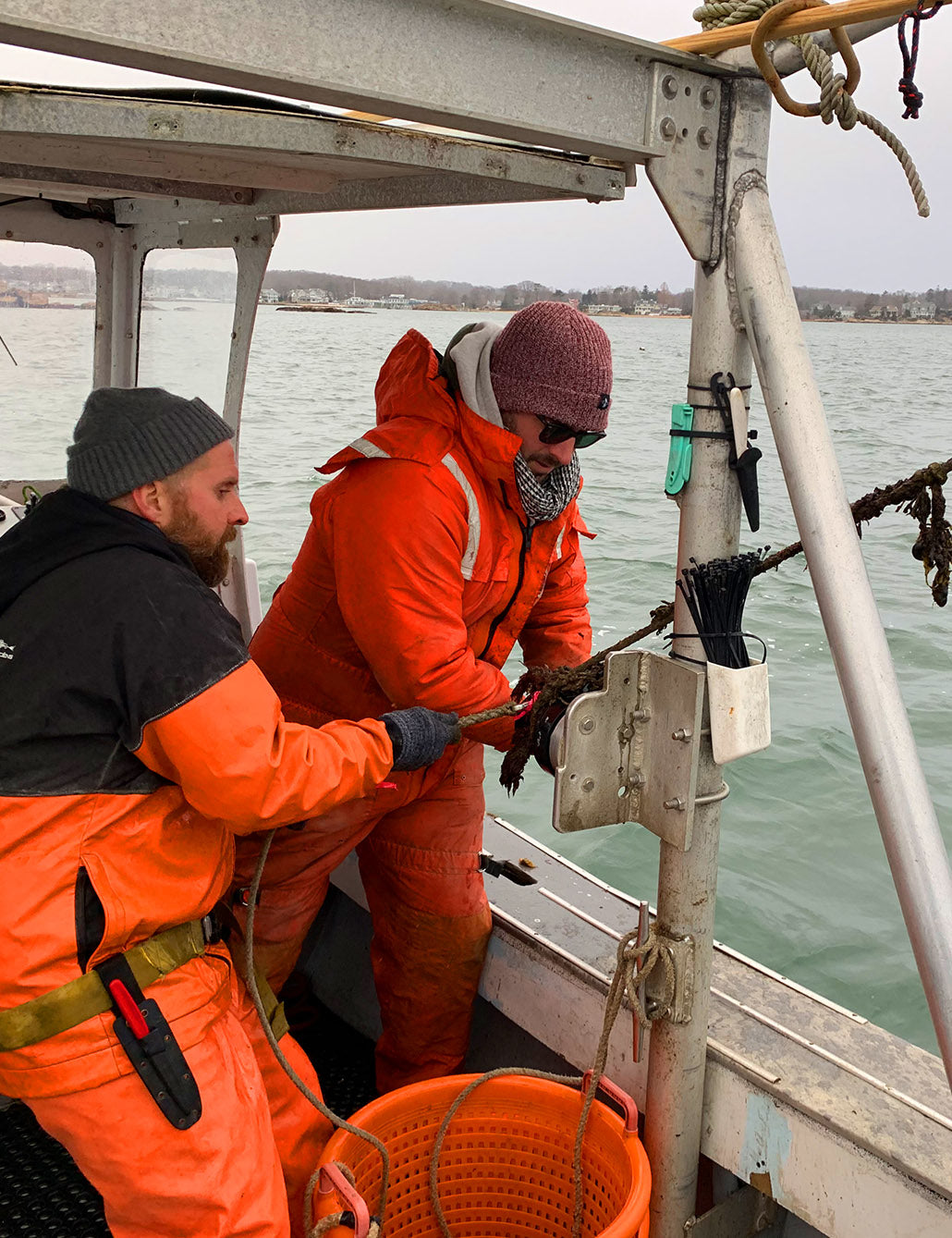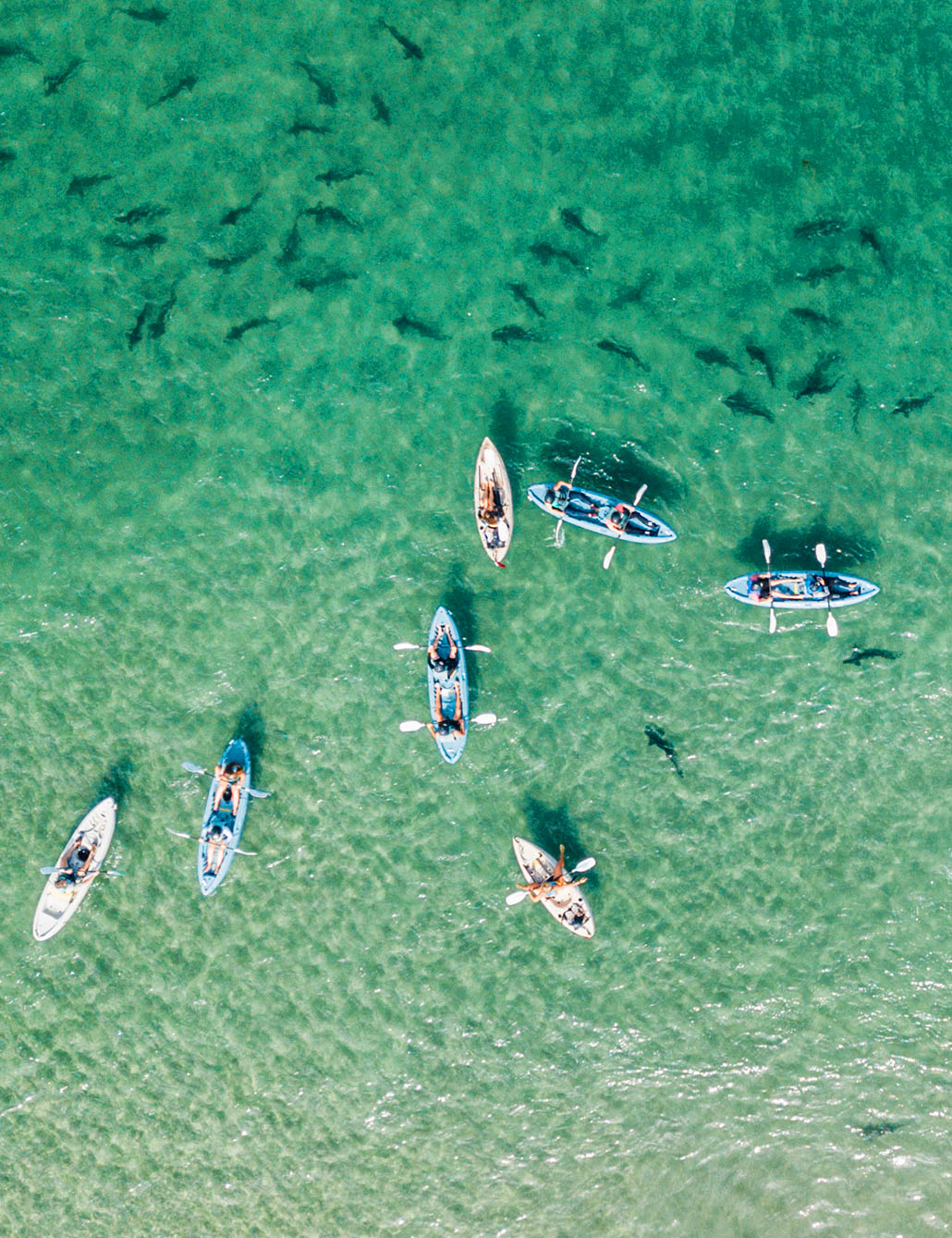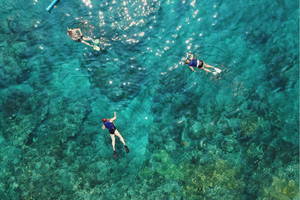You may try all you want, but you can still end up in the water if you try to stand up on a paddleboard. Sometimes, even the most seasoned paddlers need to test the waters. Are you feeling unsteady? That's normal; SUP is, after all, a water sport. In this article, we'll go over how to get back up quickly.
What is SUP?
SUP means "stand-up paddle boarding," a common abbreviation for this water sport. In popular culture, "sup, man?" is often equated with the abbreviation SUP. However, stand-up paddleboarding (SUP) is a popular water activity among individuals of varying ages and physiques.

How to Fall off a SUP
Fall away from the board
It's natural to reach for your board while falling, but landing on it may be painful and dangerous. If you feel yourself becoming unsteady and you realize you are about to tumble overboard, just let yourself go and jump.
Watch your gear
Hold on to your paddle if you can while falling. However, you need not worry if it falls out accidentally or is thrown on purpose. You should go back on the board and retrieve it before you attempt to fetch the paddle.

Stay by your board
Having a board leash while paddling is usually a good idea, but a coiled leash can force your stand-up paddleboard to return to you very fast if you fall off. Be prepared, and place your hands before your face for protection if necessary.
Fall flat
Your body will stay at a shallower depth if you fall flat on the water, regardless of whether you do a belly flop or a back flop. This makes it less likely that you will collide with anything that is hiding below the surface.
How to Get Back on Your Board: Step by Step
You've gotten your paddle board wet and are presently drifting in the water. Try to keep your cool and not become rattled if and when you take your first tumble while paddleboarding. It's best not to rush back up on your board, or you'll fall back in..
Now that you've fallen, we'll figure out the best way to get you back up so you can get back to boarding.
- Swim close to your board if you haven't previously. A leash's most significant utility is that it keeps your board close at hand. Depending on your preferred hand, you should move to the right or left of the board.
- To get to the top, lefties should start on the right side, while righties should start on the left. Keep your non-dominant hand on the carry handle until you're in the proper position to use it.
- Constantly shifting your weight by treading water will help you achieve the optimal position. Do not expect the board to support your body. Lean over with your dominant hand to grip the rails while keeping your less dominant hand on the carrying handle.
- You can now kick the water behind you by raising your legs, so they are floating on the surface. While doing this, place your stomach in the center of the board. Avoid falling back into the water by attempting to climb to the end of the board.
- Hold the carry handle and rail steady as you ease your entire body onto the board.
- Keep holding on and rest on the board until the waves subside.
- When the water is calm enough, sit down on the board with your legs hanging off the sides.
- Place the paddle across the board, shift your body weight to your hands, and step up onto the board when you're ready. Keep your feet level on the board to improve your balance.
- Take a deep breath and slowly stand up. If you're having trouble keeping your balance while paddling, try putting your paddle to use.

Extra Tips
Everyone thinks they have what it takes until they get on the board and realize that their balance could be better or they need to practice more.
Here are our other tips for staying on your paddleboard this fall season.
Don't Hold On
After reading the first few tips on keeping from falling off a paddleboard, you may be tempted to clip your hands onto the paddle. Even if you have a death grip on the paddle, you will likely lose your balance and fall off.
Let your arms and hands relax and dangle in the water. If you're gripping the paddle too tightly, it can lead to cramping and getting tired, which can also cause you to lose your balance. If you feel like you need to hold on to something, use your feet.
Your toes are your natural grip and keep you from falling off in choppy water.
If you feel yourself starting to fall, sometimes the best option is to embrace it! Swinging back and forth can only increase the potential to get hurt when you hit the water.
Keep Your Grip On Your Paddle
As we said above, your toes can help you stay on the board, but they won't help you get back on it. If you're going to fall off the board, it's best to fall with the paddle in your hand.
Depending on the current, it might be challenging to get your paddle back. Try to keep it near you or with you.

Group SUP Lessons in San Diego
You've got a group of people you want to get out on the water with. If you are looking for a place to go and learn how to paddle or surf, look no further!
La Jolla Shores is a perfect spot to learn how to paddleboard, with friendly waters and beautiful nature to explore.
Our instructors will teach you the basics and help you catch some waves! Any experience level is welcome; our goal is to help you feel comfortable.
Take a look at our available adventures if you're eager to get out on the water.
Want to learn more about stand up paddle boarding in San Diego? Check out our Help Center.








